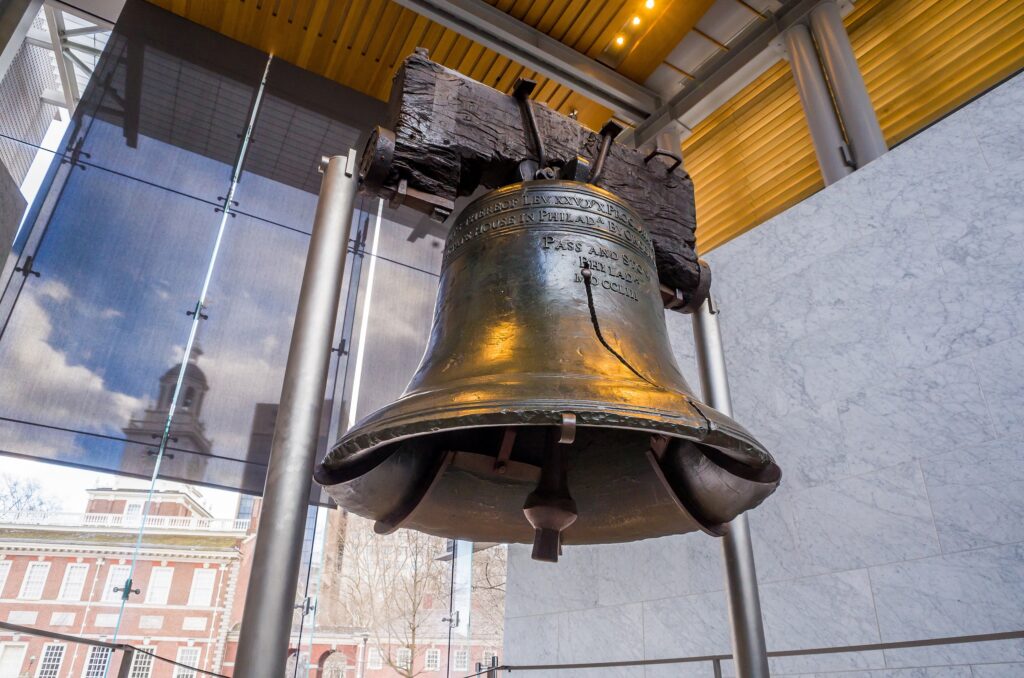Competitive energy markets promise a clean, prosperous future
The recent passage of the Inflation Reduction Act has liberals celebrating the largest public clean energy and climate investment in U.S. history.
A closer look suggests a less rosy reality.
Despite its title, independent assessments suggest that the act will have negligible effects on inflation. Its climate gifts are also oversold at an unfair price for taxpayers. Our country and climate would be better off pursuing bipartisan reforms that unleash competitive forces.
The climate movement should not take a victory lap. Claims that the law will result in a 10% to 15% reduction in domestic emissions by 2030 do not reflect the regulatory realities of infrastructure development. Furthermore, emissions cuts would carry a taxpayer cost that exceeds climate benefits
. With a $370 billion price tag, it would optimistically reduce 1% of global emissions so expensively that most other countries dare not replicate the policy. And as a straight-line party vote, the law tells the world that the United States remains sharply divided on its climate commitment based on the false premise that climate progress is measured by taxpayer burden.
Clean energy’s biggest hurdle is a regulatory blockade. Before the Inflation Reduction Act, more clean energy was trying to connect to the grid than the entire capacity of the existing fossil fuel fleet. Yet the application process to connect to the grid takes four years in parts of the country, and securing permits typically takes another four years. Clean energy developers acknowledge that regulatory conditions dictate the pace of the energy transition.
Congress is better off fixing flawed regulation.
Expanding and modernizing competitive markets holds greater climate promise than massive public spending. It also aligns with free market principles, which can foment durable, bipartisan climate policy and stoke global envy by reducing emissions and spurring economic growth. Democrats’ emissions goals have a lot more in common with the GOP’s emerging climate agenda than the new law. Encouragingly, Democrats have come around to pledging permitting reform, something also promoted by Republicans. The parties should also introduce competitive mechanisms where laws protect monopoly utilities at the expense of their captive customers.
Half a century ago, Congress gave birth to the competitive power industry to tame energy costs amid geopolitical conditions similar to today. Where competitive markets exist, consumers benefit and clean energy prospers. Where regulation stomps out competition by legalizing monopoly utilities, clean energy remains suppressed, and customers are forced to pay higher bills. Introducing competition in monopoly areas like the Southeast alone could create over $300 billion in economic savings while driving deep emissions cuts.
Competitive suppliers have developed five times more wind power and eight times more solar power than monopoly utilities. Competitively owned coal, natural gas, and nuclear power plants have superior reliability, cost, environmental, and innovation records. When consumers are allowed to choose their energy provider, clean energy is less expensive and more popular than monopoly offerings.
Once again, bipartisan opportunities exist. Energy competition and consumer choice is a conservative legacy, championed by the likes of President George W. Bush. Should President Joe Biden focus his competition agenda on true monopolies
, rather than penalize companies that earned their market share, he could take aim at advancing his climate goals more effectively.
The best public leadership empowers private leadership. Congress should make competitive power generation and consumer choice the law of the land. Sensible reforms that reduce barriers to development are equally important. The closer we look, the more the market tells us that climate and liberty have a shared fate.








